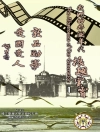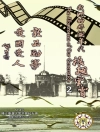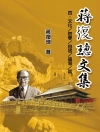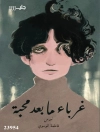Kagero Nikki, translated here as
The Gossamer Years, belongs to the same period as the celebrated
Tale of Genji by Murasaki Shikuibu.
This remarkably frank autobiographical diary and personal confession attempts to describe a difficult relationship as it reveals two tempestuous decades of the author’s unhappy marriage and her growing indignation at rival wives and mistresses.
Too impetuous to be satisfied as a subsidiary wife, this beautiful (and unnamed) noblewoman of the Heian dynasty protests the marriage system of her time in one of Japanese literature’s earliest attempts to portray difficult elements of the predominant social hierarchy.
A classic work of early Japanese prose,
The Gossamer Years is an important example of the development of Heian literature, which, at its best, represents an extraordinary flowering of realistic expression, an attempt, unique for its age, to treat the human condition with frankness and honesty. A timeless and intimate glimpse into the culture of ancient Japan, this translation by Edward Seidensticker paints a revealing picture of married life in the Heian period.
O autorze
Edward G. Seidensticker, Professor Emeritus of Japanese at Columbia University, is a noted translator and the author of several books in English and Japanese. He had received from the Japanese government one of its highest honors, the third-class Order of the Rising Sun, for his part in introducing Japanese novels abroad. His works include
The Makioka Sisters, Snow Country, The Tale of Genji and
Thousand Cranes.












